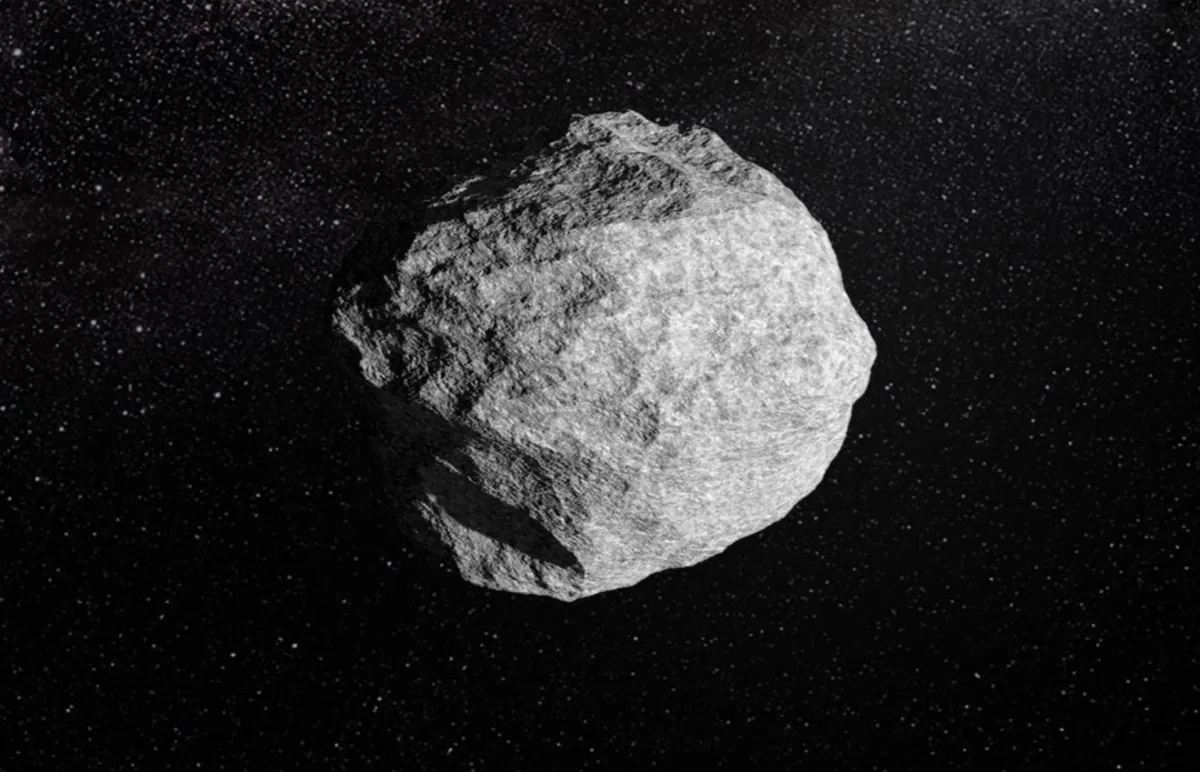
A recently discovered asteroid, known as 2024 YR4, has captured global attention due to its increasing chances of impacting Earth in the year 2032. Initially, the probability of this space object, which is estimated to be between 130-300 feet across and capable of leveling a city, was recorded at 1.1 percent. However, as NASA collected more data to refine its trajectory, the likelihood of a strike peaked at 3.1 percent on Tuesday, marking it as the highest impact probability recorded for an object of this size or larger.
Interestingly, the risk assessment changed dramatically on Wednesday, with the chances of an impact dropping to 1.5 percent. By Thursday, following new observations, the probability further decreased to 0.28 percent. The odds seem to be trending towards zero, which raises the question: what is influencing these changes?
According to NASA, astronomers faced challenges in studying the asteroid's trajectory due to limited visibility caused by the full moon. Ground-based telescopes require dark skies to effectively observe faint asteroids like 2024 YR4. The brightness of the full moon makes it difficult to detect these faint points of light. As a result, astronomers had to wait for darker skies to obtain more accurate observations.
Per EarthSky, astronomers calculate an asteroid's impact odds by measuring its movement around the Sun. However, acquiring precise measurements of 2024 YR4 has been challenging due to its faintness. As anticipated, the impact probability has decreased with the collection of more data. Additionally, the chances of the asteroid impacting the moon have also diminished, now standing at 1 percent.
The asteroid was discovered after passing by Earth in December and will remain visible until April. Post-April, it will become too faint to observe until June 2028. During this period, astronomers will continue to gather data, with NASA indicating that the impact probability may continue to fluctuate, potentially increasing again.
Each new observation enhances our understanding of where the asteroid might be on December 22, 2032. This underscores the importance of accumulating sufficient data to allow planetary defense experts to assess the future risk to Earth. NASA anticipates that the impact probability will continue to evolve as new observations of asteroid 2024 YR4 are made over the coming days and weeks.